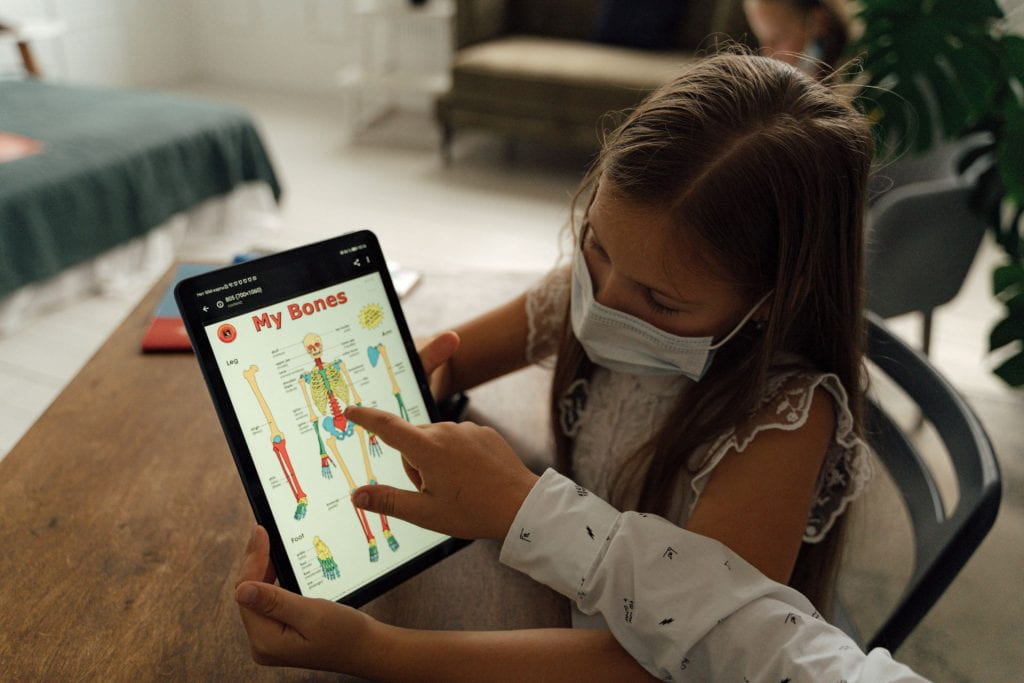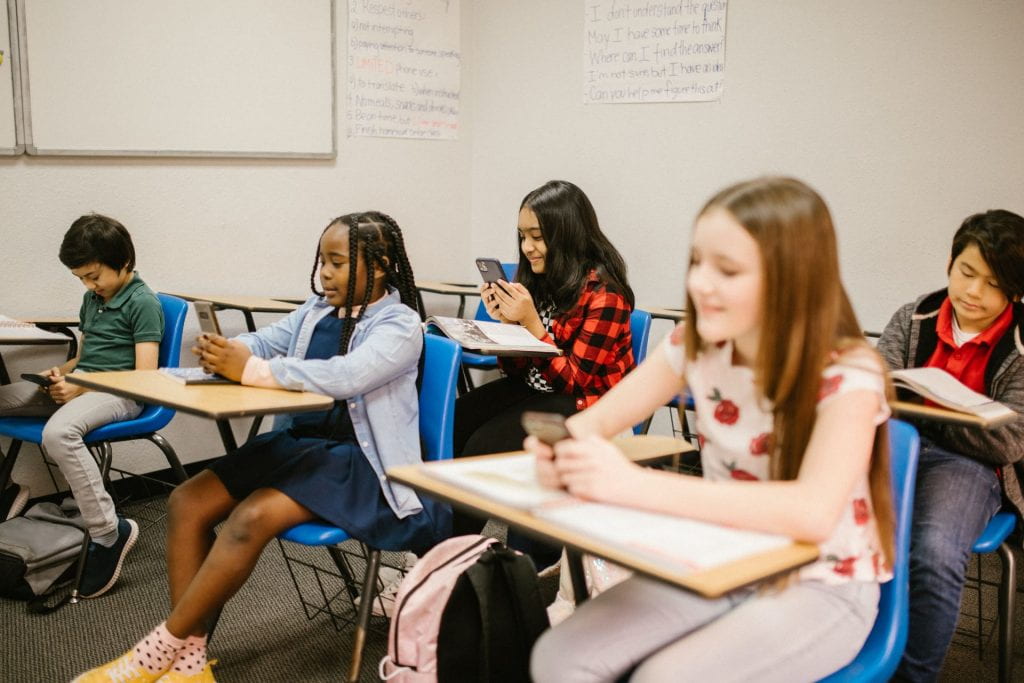Debate Topic – Online education is detrimental to the social and academic development of children.
Our final debate centered on whether online education is detrimental to the social and academic development of children. I struggled with choosing a side in this debate. Again, the topic felt “muddied” because I had a hard time separating myself as a learner, taking an online course, versus online learning for children. Another issue with the topic was my ability to separate pandemic learning and online learning that is created and taught intentionally. As I have mentioned before, teaching during the Covid-19 pandemic was extremely challenging. Sadly, many of my students did not participate due to internet access issues, as well as personal reasons.
On the agree side of this debate was the team of Colton, Britney S., and Kayla. They made some compelling arguments as to why online education negatively impacts students. And on the disagree side of this debate was Arkin, Kat, and Chris. This team also had a well-rounded argument. There were many facets to this discussion topic.
Let’s have a look at both sides…
Agree
1. Online education furthers digital access inequities.
Students who have a low socioeconomic status may not have access to internet or devices. The effectiveness of an online schooling program assumes that all students have equal access. As we saw during the pandemic, many families struggled with learning due to poor wifi, no devices, not enough devices or inadequate devices. Try doing assignments or working off of a tiny phone or tablet each day for a few months! Not fun. This digital divide will only separate the “have’s” from the “have-nots.” From a personal perspective, this digital divide impacted many of my students. Some of them live in a rural area in Southern Saskatchewan and were not able to join our zoom sessions. Some drove to a family members home just to join in. Others had spotty connections and had to deal with the frustrations of lost connections. Sadly, I also ran into a mom in the grocery store a few weeks into online teaching and she was saving money to purchase a Chromebook for her son. The impacts on low socioeconomic status youth was described by Onstad in the article, The miserable truth about online school. Here, Onstad describes how students were developing headaches from typing full essays on a tablet. Some were tired from being logged on early in the morning until evening time, while others relying on Tim Horton’s wifi. The challenges faced by many students were vast.
2. Online learning provides a lack of programming variety.
Some argue that it is not possible to provide the same type of programming in an online version as in-person classes. Classes with practical, social or group component may not be delivered with the same quality as in person courses. As a self-professed “hands-on learner,” I would have felt slighted if I had to miss out on in-person physical education classes, art or science classes.
3. Schools provide social encounters and safety.
At the start of the pandemic and during online learning, concerns arose over the missing social aspect of online learning. Specifically, early years teachers were concerned about providing adequate programing and recreating classroom experiences online. For older students, in middle years and high school, this meant more “socializing” over a screen. Hardly ideal. For others, including some of my own students, the school day was yearned for. Schools are safe spaces where students are loved and get attention that they may not get at home. Certainly, I recognize the flipside of this, where schools are not-so-safe spaces for students who may be bullied or lack friends or “community.”
Disagree
1. Online learning is flexible.
Online learning can provide flexibility to students who have medical needs, participate in sports or arts that pull them away from school, or for older learners who may need to work to support their families.
2. Online learning develops important skills.
In their video, the disagree team noted that online learning teaches students time management, self-discipline, self-motivation and communication skills. All of these are important and transferable to the workplace.
3. Online learning is customizable.
Students who require specific programming can find courses that suit their unique learning needs. Whether it be courses that are offered at certain times of the year, courses offered for diverse learning styles, or simply courses on certain topics, online learning can provide unique learning opportunities. As I mentioned previously, online learning could be a good fit for athletes, artists, and those with varying family dynamics.
4. Online learning benefits those with health challenges and differing abilities.
Students with mobility challenges, chronic diseases and illnesses, visual and hearing impairments, and those with different learning needs may find the online learning environments more convenient, comfortable and supportive. In the article titled, ‘How Online Education Can Benefit Students With Disabilities,’ it is noted that it is important for students to “still have an opportunity to connect with teachers in other ways while attending online courses” and luckily, they can do that through the use of email, discussion boards, messaging and video conferencing. Furthermore, online learning could be beneficial for those with mental health challenges like anxiety, those who are impacted by bullying, or those dealing with grief and loss. Having the ability to transfer to online learning for a short period of time or for longer durations could benefit students dealing with any number of life’s challenges.
Final Thoughts
In summary, when deciding whether online learning is detrimental to student social and academic development it is important to look at each individual student’s situation. Online learning can certainly hinder a Kindergarten student’s social development and likewise, online learning can be difficult for a high school student who is not a self-starter and lacks time management skills. In the end, we need to look at what is best for each individual student. As educators, we know that one size does not fit all when it comes to learning. Online classes, if done well, can be beneficial to some students.








